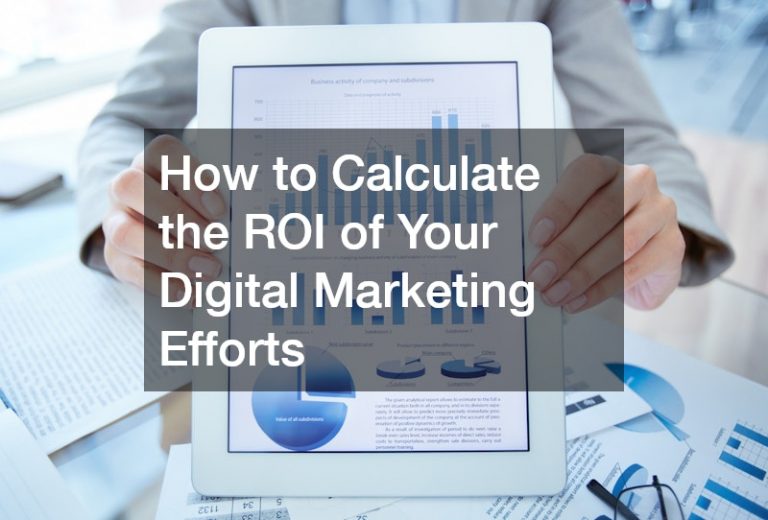Understanding the ROI digital marketing can bring is crucial for businesses of all sizes. Return on Investment (ROI) helps in determining the effectiveness of marketing strategies. It is a key metric for assessing how well your marketing investments are paying off.
Calculating ROI can be complex due to the multifaceted nature of digital marketing. Different channels such as social media, email marketing, and paid ads contribute varying degrees of value.
Each channel needs to be evaluated to garner a comprehensive view of your marketing success.
By calculating ROI, businesses can allocate their budget more effectively. This ensures that the best-performing campaigns receive the necessary funding. Ultimately, a well-calculated ROI can guide better decision-making and lead to increased profitability.
Why ROI is Important for Digital Marketing
ROI provides a quantifiable measure of success, enabling marketers to justify their strategies. In the competitive digital landscape, decisions backed by data can give a competitive edge. It serves as a benchmark for future campaigns, facilitating ongoing optimization.
The ability to measure ROI is enhanced by digital marketing tools that track various metrics. Marketers can continuously refine their efforts by analyzing the data received. This iterative process allows for more targeted marketing strategies.
Moreover, demonstrating a positive ROI helps secure future budget allocations. When management sees the value generated, they are more likely to invest in future campaigns. This creates a cycle of continual improvement and sustained marketing growth.
Steps to Calculate ROI in Digital Marketing
Calculating ROI involves some straightforward steps: track your investments and measure the returns. Begin by listing all costs associated with your marketing efforts, including tools, advertising spend, and personnel. This gives you a clear picture of your total investment.
Next, calculate the revenue generated from your digital marketing efforts. This often involves tracking lead conversions, online sales, and other actions that contribute to your business’s bottom line. Utilizing analytics software can streamline this process.
The final step is to use the ROI formula: (Net Return on Investment / Cost of Investment) x 100. This will provide a percentage that indicates the return from your marketing endeavors. A higher percentage signifies a more effective marketing strategy.
Common Challenges in Measuring Digital Marketing ROI
Despite its importance, measuring ROI in digital marketing is fraught with challenges. One challenge is accurately attributing revenue to specific marketing campaigns. Many customers engage with multiple touchpoints before converting, complicating attribution.
Another issue is accounting for the value of brand awareness, which may not translate directly into immedate sales. However, over time, increased brand visibility can contribute significantly to overall revenue. Balancing short-term metrics with long-term impact is essential.
Additionally, the rapid evolution of digital marketing tools and platforms requires constant adaptation. It’s vital for marketers to stay updated on the latest analytics tools and methodologies. Businesses must invest in training and resources to overcome these challenges effectively.
Conclusion: Maximizing ROI in Digital Marketing
Maximizing ROI in digital marketing is as much about strategy as it is about execution. By understanding and analyzing the right metrics, businesses can make informed decisions. This leads to more successful campaigns with tangible results.
Consistent monitoring and adjustment of strategies based on ROI data remain critical for sustained success. Marketers should adopt an agile mindset and be willing to pivot when certain strategies are not delivering expected returns. Crucially, learning from unsuccessful efforts is just as important as capitalizing on successful ones.
With a clear focus on ROI, marketers can align their efforts more closely with business goals. This ensures resources are invested in initiatives that truly drive value. Ultimately, a keen understanding of ROI empowers businesses to thrive in the dynamic digital marketing landscape.
.





